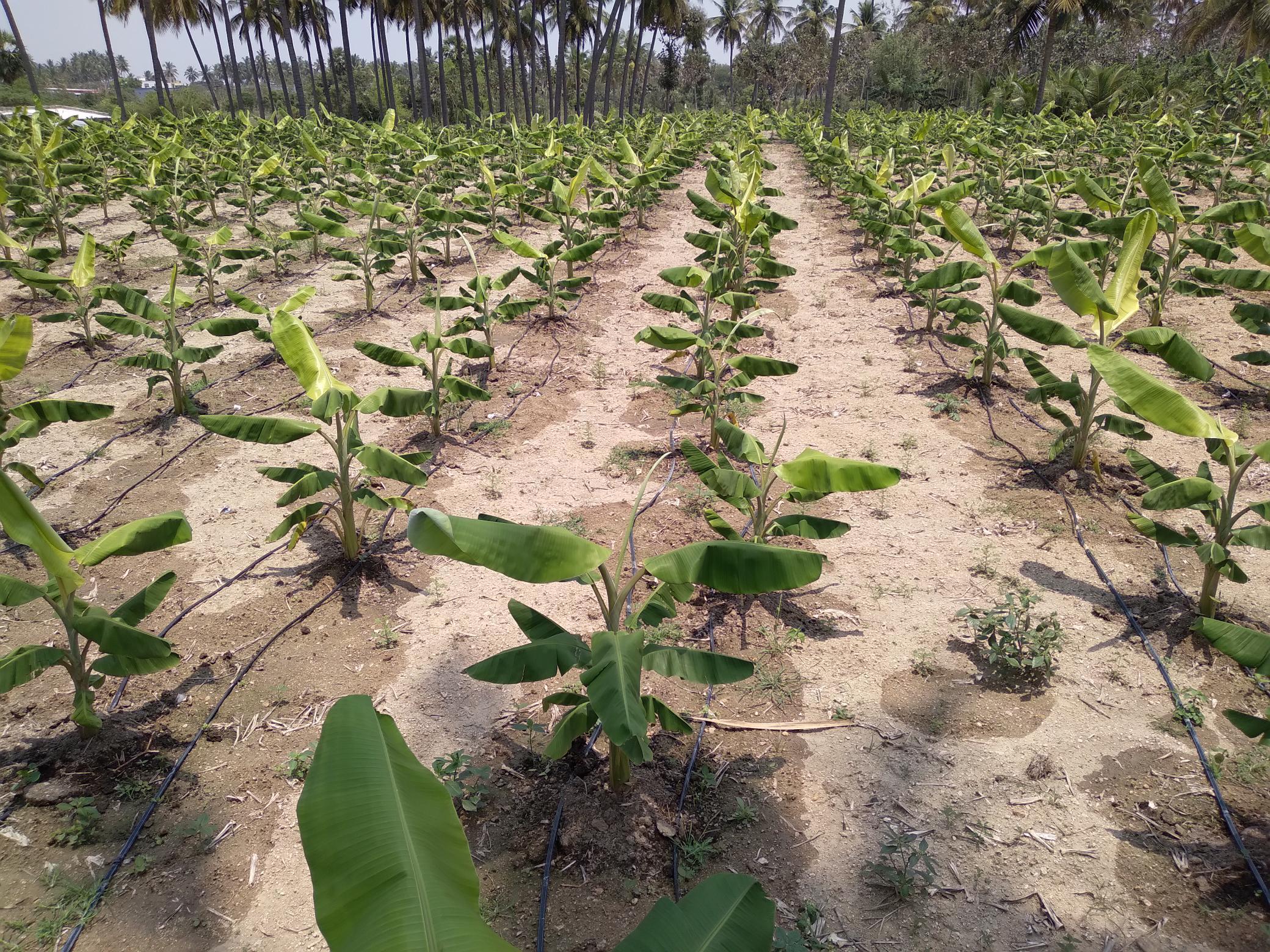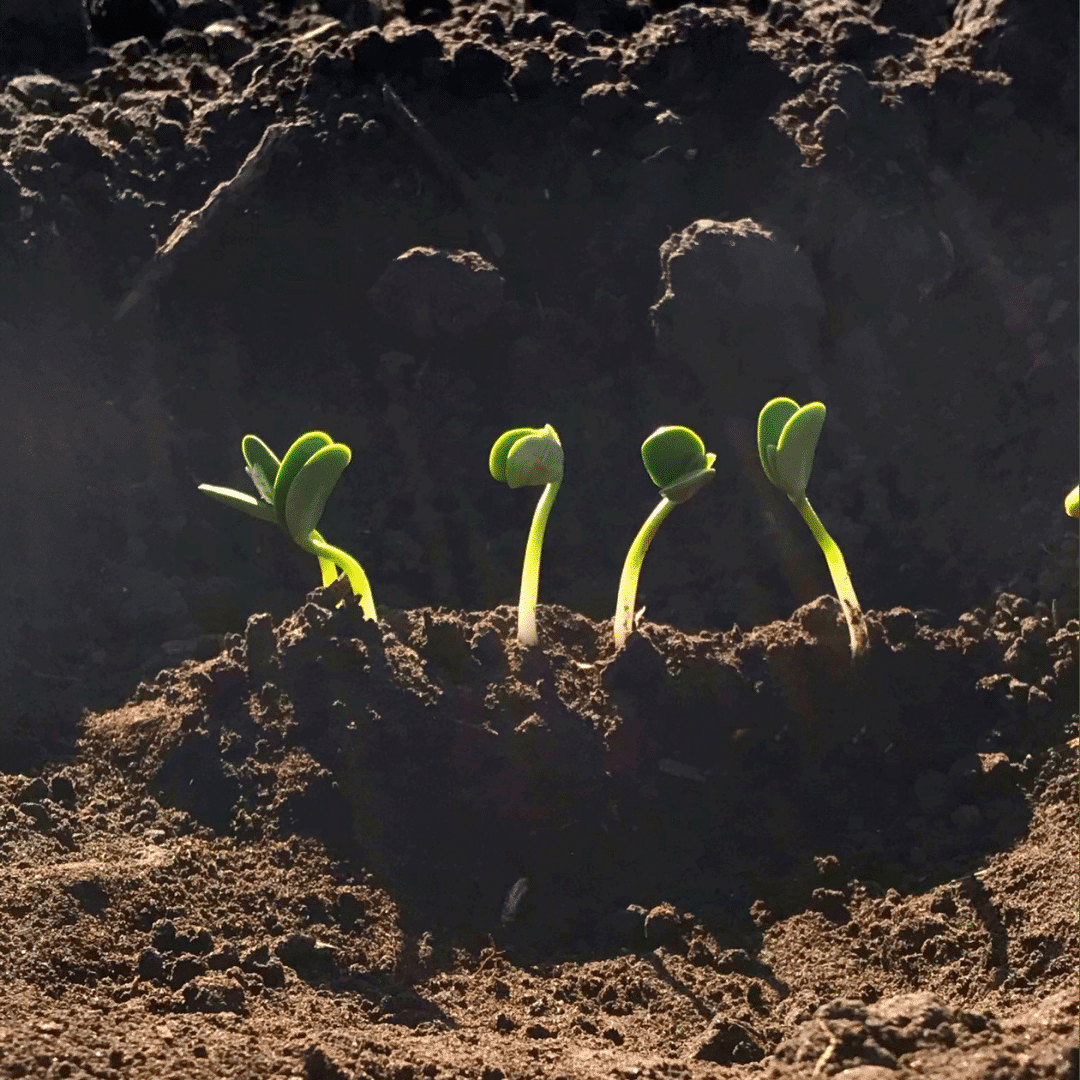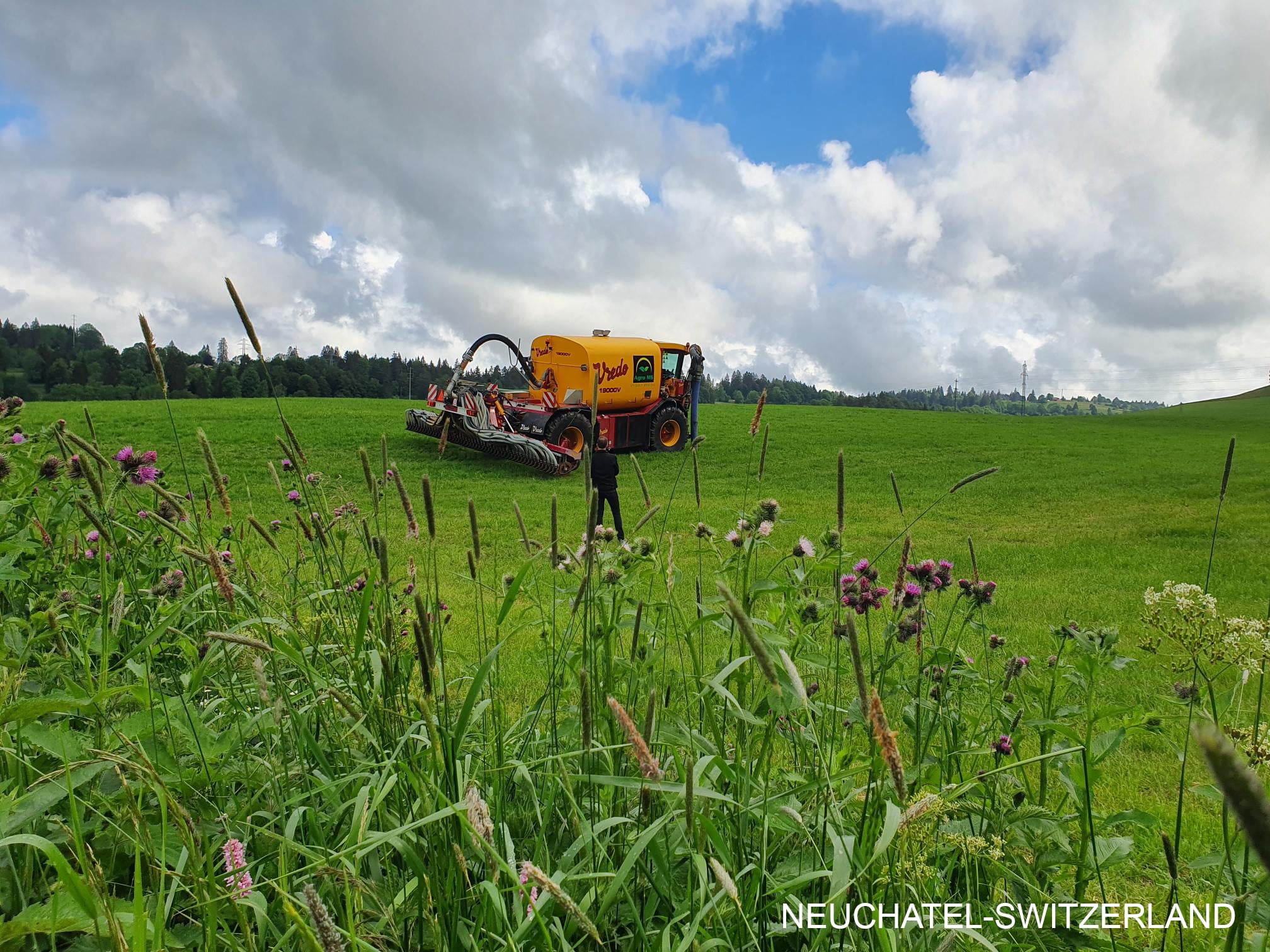How to stimulate root development to secure yield under stress conditions ?
Root system development is one of the pillars of agronomic performance. A healthy, well-structured root system enables plants to better absorb water and nutrients, withstand climatic hazards and express their full yield potential. Faced with increasingly variable growing conditions such as early droughts, soil compaction and nutrient deficiencies, root control is becoming a strategic lever for securing production and profitability.
Roots are the true interface between the soil and the plant. They simultaneously ensure the absorption of water and minerals necessary for photosynthesis, mechanical anchoring to guarantee the stability of the plant, biological exchanges with the soil microflora, and the storage of energy in the form of carbon reserves. When the root system is limited, often due to compacted, poorly aerated or phosphorus-deficient soil, the plant becomes much more vulnerable to periods of stress.

Shallow rooting quickly results in reduced absorption capacity during dry periods, nutritional deficiencies (in N, P and K), calcium or trace elements, reduced resistance to thermal stress and yield losses due to physiological imbalance. The agronomic objective is therefore clear: to stimulate root system formation from the earliest stages of growth and support it throughout the cycle.
Several levers can be used to achieve this. The first step is to take care of the structure and life of the soil. Well-aerated soil that is rich in organic matter and biologically active promotes root penetration and development. Limiting compaction, intervening at optimal moisture levels and maintaining a crumbly structure provide roots with a favourable environment for growth.
The second lever is the availability of phosphorus, the driving force behind root growth. Phosphorus-deficient soil results in slow establishment and plants that are more sensitive to stress. Localised applications at sowing or high-availability formulations combining soluble phosphorus and biological activators accelerate recovery and stimulate soil exploration.
Root biostimulants are a third complementary lever. Compounds derived from seaweed extracts, amino acids or humic compounds activate cell division and promote dynamic root growth. Used in synergy with fertilisation, they strengthen plants’ tolerance to abiotic stress.
Finally, maintaining an overall nutritional balance is essential. An excess of nitrogen or an imbalance between potassium, calcium and magnesium can slow down root development. Balanced nutrition, combining macro and microelements, supports the formation of a dense, deep and functional root system.
Stronger rooting directly translates into better water absorption, more regular nutrition, greater vegetative and reproductive vigour, and more stable yields from one year to the next. By stimulating the root, we influence the resilience of the plant and the sustainability of the production system. It is both an agronomic and economic investment to prepare crops for the climatic challenges ahead.



